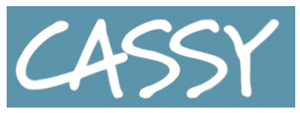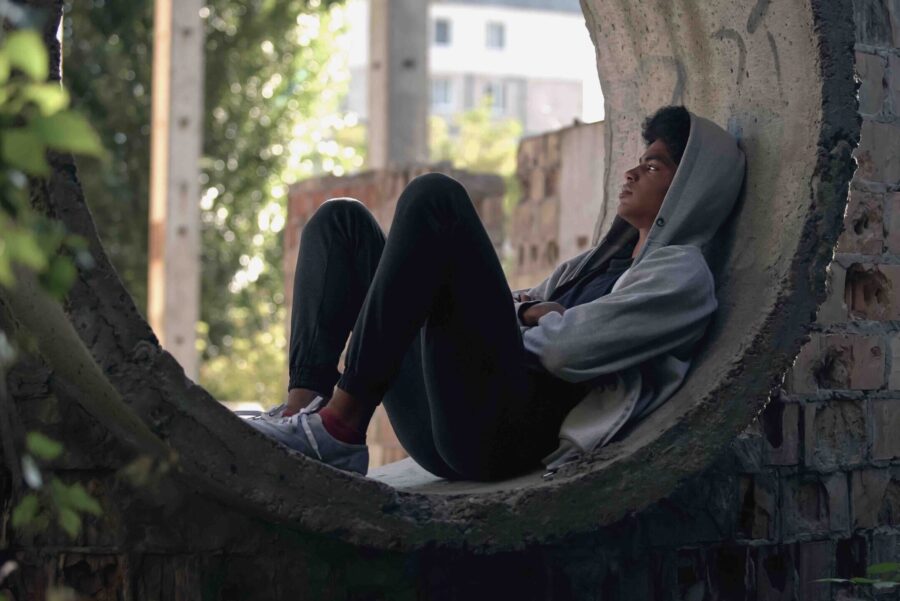With Students in Turmoil, Teachers Train in Mental Health
The number of students in mental distress is rising nationwide. Educators and experts are seeing rising cases of childhood depression, anxiety, panic attacks, eating disorders, and suicidal thoughts. The mental health crisis worsened during the pandemic, and in low-income areas, where youth are exposed to multiple adverse experiences, the increased need for and shortage of mental health professionals became particularly acute during the period of distance learning.
In response, many teachers are taking a course called Youth Mental Health First Aid, funded by the California Department of Education, which “teaches adults how to spot warning signs of mental health risks and substance abuse in children, and how to prevent a tragedy.” Participants learn how to identify youth at risk, what to say, and what not to say when someone is in crisis.
So far over 8,000 California educators have taken the course, and it is paying off. Just two weeks after the program, a teacher in the Mojave Unified School reached out to a student who displayed signs of emotional distress, who then revealed her plan to take her life. While he asked open-ended questions of the student as he had been trained to do, he simultaneously texted administrators, who called 911. When the police rushed to the home, they spoke to the girl and her mother, who was “startled and unaware.” The Mojave Unified Superintendent Katherine Aguirre praised the teacher’s actions, explaining, “He absolutely saved that child’s life.”
While teachers are undoubtedly on the front lines of the mental health crisis, school districts nationwide are asking for more psychologists and counselors. The Hopeful Futures campaign, a coalition of 17 mental health organizations, published its America’s School Mental Health Report Card, which found that almost every state is struggling with mental health support in schools: “Only Idaho and the District of Columbia exceed the nationally recommended ratio of one psychologist per 500 students. In some states, including West Virginia, Missouri, Texas and Georgia, there is only one school psychologist for over 4,000 students.”
Especially until more school psychologists and counselors are available, teachers will need to continue their vigilance. As Superintendent Aguirre summarizes, “It’s about awareness. And that Sandy Hook promise: If you see something, say something.”
Read the full AP article here.
Learn more about Youth Mental Health First Aid here.
Gecker, Jocelyn. “With students in turmoil, U.S. teachers train in mental health.” Associated Press, 4 Apr 2022, https://apnews.com/article/health-california-education-mental-health-distance-learning-7d6c8b93794d2522e5807ca9fe2fb0cf



